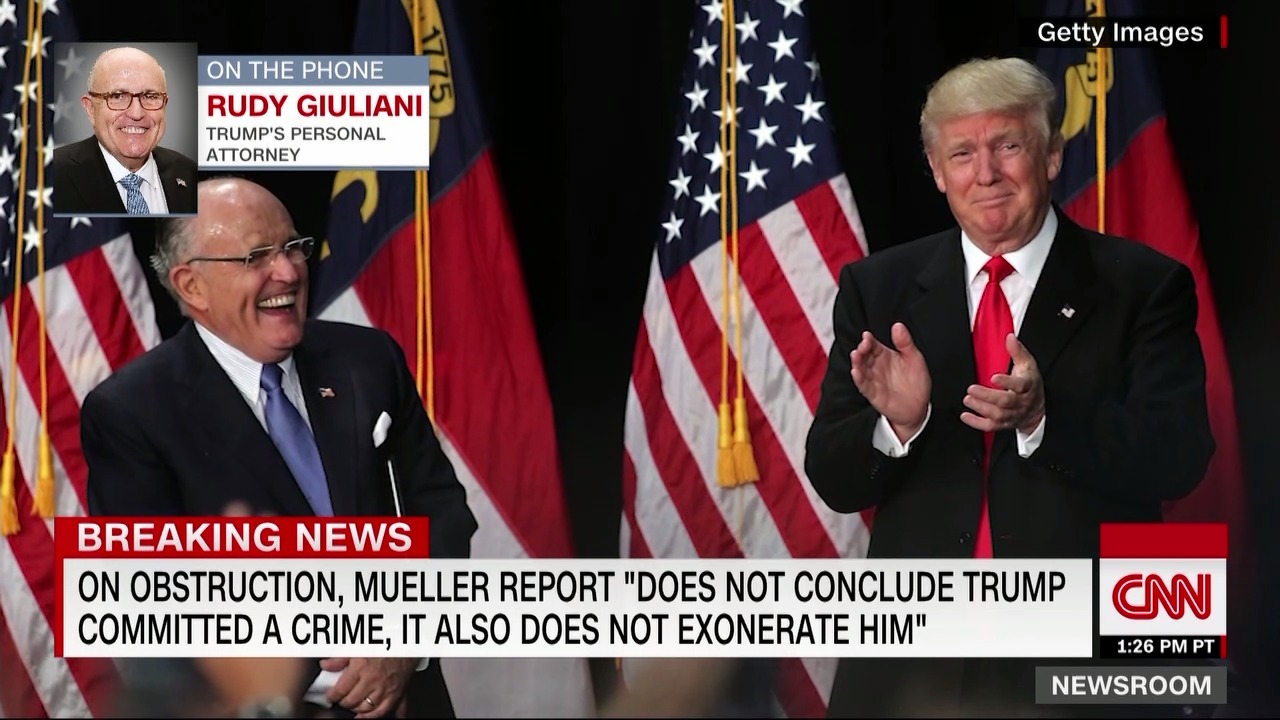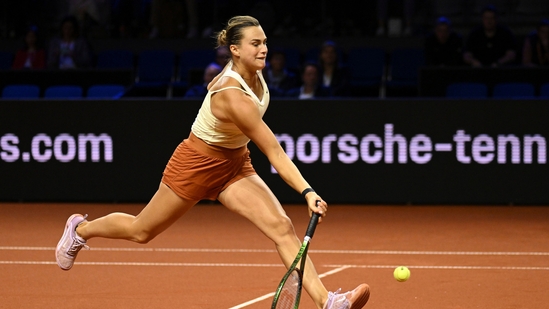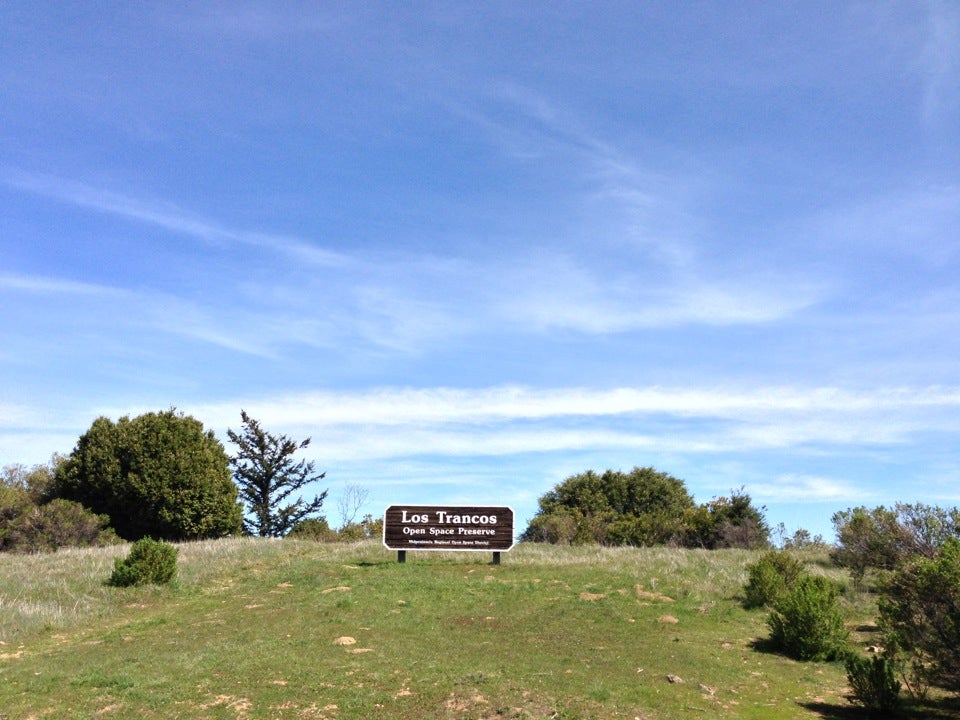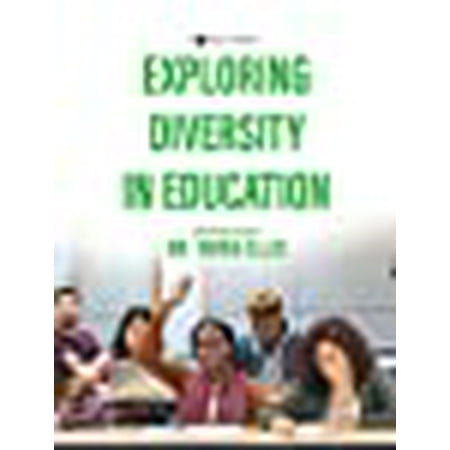Analyzing The Hobbit: The Battle Of The Five Armies: Plot, Themes, And Reception

Table of Contents
A Deep Dive into the Plot of The Hobbit: The Battle of the Five Armies
The Escalating Conflict:
The central conflict of The Hobbit: The Battle of the Five Armies is, as the title suggests, a massive, multi-faceted battle. Multiple factions clash for control of Erebor and its vast treasure: the Dwarves, led by Thorin Oakenshield, fight to reclaim their ancestral home; the Elves, under the command of King Thranduil, desire their share of the treasure and seek to prevent the Dwarves from gaining too much power; Men of Lake-town, led by Bard, also seek compensation for the destruction wrought by Smaug; while Goblins and Wargs, under the command of Bolg, seize the opportunity for chaos and plunder.
- Dwarves: Driven by a thirst to regain Erebor and its gold, their loyalty is tested by Thorin's growing obsession.
- Elves: Seeking both gold and to maintain regional balance, they initially fight alongside the men of Lake-town.
- Men: Seeking recompense for Smaug's devastation of Lake-town, they are caught in the crossfire of the larger conflict.
- Goblins and Wargs: Opportunistic and driven by violence, they represent the chaotic forces of evil, significantly increasing the scale of the battle.
The strategic decisions made by each leader heavily influence the battle’s outcome. Thorin's stubbornness and refusal to compromise lead to unexpected alliances and betrayals, impacting the pacing and clarity of the battle sequences. The interwoven narratives and the sheer scale of the CGI-heavy battle can feel overwhelming at times.
Bilbo's Journey and Transformation:
Bilbo Baggins' character arc in The Battle of the Five Armies is crucial to understanding the film's themes. His journey isn't solely about surviving the battle; it's about self-discovery and accepting the changes he's undergone. He grapples with the consequences of his involvement in the quest, witnessing the devastating impact of greed and ambition.
- Internal Conflicts: Bilbo wrestles with his loyalty to Thorin, even as he sees the king's descent into madness.
- Relationship with Thorin: Their bond, initially built on respect and shared experience, is tested by Thorin's obsession with gold and the ensuing conflict.
- Increasing Self-Awareness: Bilbo's experiences force him to confront his own values and desires, ultimately leading to a greater understanding of himself and his place in the world.
Scenes like his confrontation with Smaug in The Desolation of Smaug and his final, poignant farewell to Thorin highlight Bilbo’s significant personal growth, illustrating his transformation from a timid hobbit to a courageous and compassionate individual.
Unpacking the Themes of The Hobbit: The Battle of the Five Armies
Greed and its Consequences:
Greed serves as a central theme, fueling the conflict and shaping the characters’ actions. Thorin’s all-consuming obsession with reclaiming Erebor and its gold blinds him to reason and morality, leading to devastating consequences. The dwarves’ lust for gold, though understandable after years of exile, is shown to be a destructive force.
- Thorin’s Obsession: His greed ultimately leads to his downfall and the deaths of many.
- Dwarves' Lust for Gold: Their desire for wealth clouds their judgment and contributes to the escalation of the war.
- Consequences of Unchecked Ambition: The film powerfully illustrates how unchecked ambition can lead to ruin, both personal and societal.
The film contrasts this destructive greed with acts of generosity and selflessness, primarily shown through Bilbo's actions and the eventual redemption found by some characters.
The Nature of Good and Evil:
The film presents a nuanced portrayal of morality, avoiding simplistic depictions of good versus evil. Many characters exhibit moral ambiguity, making their choices and motivations complex and engaging.
- Morally Gray Characters: Thorin, despite his flaws, ultimately sacrifices himself to protect his people; similarly, Bard, while driven by revenge, shows compassion and mercy.
- Motivations of Heroes and Villains: The motivations behind actions are explored, blurring the lines between heroes and villains.
The film explores the complexities of human nature, demonstrating that even those who commit bad acts may be capable of redemption, while even seemingly noble figures can have questionable motivations.
Friendship and Loyalty:
The bonds of friendship and loyalty are tested throughout the film, highlighting their importance in times of adversity. The relationships between Bilbo, Gandalf, Thorin, and other characters are central to the narrative.
- Bilbo, Gandalf, and Thorin: The film showcases the evolving relationship between these three, highlighting the strength and fragility of their bond.
- Evolving Relationships: The film demonstrates how these relationships are shaped by shared experiences, betrayal, and sacrifice.
Specific scenes, such as the heartfelt moments between Bilbo and Thorin, exemplify the depth and significance of these relationships, while instances of betrayal emphasize their fragility in the face of intense pressure.
Critical and Commercial Reception of The Hobbit: The Battle of the Five Armies
Critical Reviews and Box Office Performance:
The Hobbit: The Battle of the Five Armies received mixed reviews. While praised for its visual spectacle and action sequences, critics often cited a convoluted plot and underdeveloped characters as shortcomings. The film, however, was a significant box office success, earning hundreds of millions of dollars worldwide, confirming its commercial appeal.
- Significant Reviews: Reviews ranged from positive comments about the visual effects to criticisms about the pacing and narrative structure.
- Ratings and Box Office Numbers: The film performed well financially, despite the mixed critical reaction.
The film’s success may be attributed to the pre-existing fan base from The Lord of the Rings and the inherent appeal of a large-scale fantasy battle.
Legacy and Lasting Impact:
The Hobbit: The Battle of the Five Armies, despite its flaws, has secured its place within the Hobbit franchise and the larger fantasy genre. While it may not be considered the strongest entry in the extended Middle-earth cinematic universe, it continues to impact popular culture and influence subsequent fantasy films.
- Lasting Effects on Popular Culture: The film's imagery and characters continue to be referenced in popular media and online discussions.
- Influence on Subsequent Fantasy Films: The battle scenes and technological advancements in visual effects have had a lasting impact on other fantasy productions.
Its position within the Lord of the Rings universe, along with its considerable box office success, ensures its enduring legacy.
Conclusion:
The Hobbit: The Battle of the Five Armies offers a visually spectacular but narratively complex conclusion to Bilbo’s journey. Its exploration of greed, loyalty, and the nature of good and evil, while sometimes uneven, leaves a lasting impact. While the film's critical reception is mixed, its commercial success solidifies its place within the popular imagination.
Have you seen The Hobbit: The Battle of the Five Armies? Share your thoughts and analysis of the film's plot, themes, and reception in the comments below! Let's continue the conversation about this epic battle and its enduring impact.

Featured Posts
-
 Idzes Tampil 90 Menit Pertandingan Venezia Vs Atalanta Dan Implikasinya Untuk Timnas Indonesia
May 13, 2025
Idzes Tampil 90 Menit Pertandingan Venezia Vs Atalanta Dan Implikasinya Untuk Timnas Indonesia
May 13, 2025 -
 Packham Slams Trumps Climate Actions As Reckless And Absurd
May 13, 2025
Packham Slams Trumps Climate Actions As Reckless And Absurd
May 13, 2025 -
 Sabalenka Uses Photo To Dispute Umpire Decision In Stuttgart Victory
May 13, 2025
Sabalenka Uses Photo To Dispute Umpire Decision In Stuttgart Victory
May 13, 2025 -
 Portola Valley Preserve Search 79 Year Old Woman Still Missing
May 13, 2025
Portola Valley Preserve Search 79 Year Old Woman Still Missing
May 13, 2025 -
 The Wonder Of Animals Exploring The Diversity Of Life On Earth
May 13, 2025
The Wonder Of Animals Exploring The Diversity Of Life On Earth
May 13, 2025
